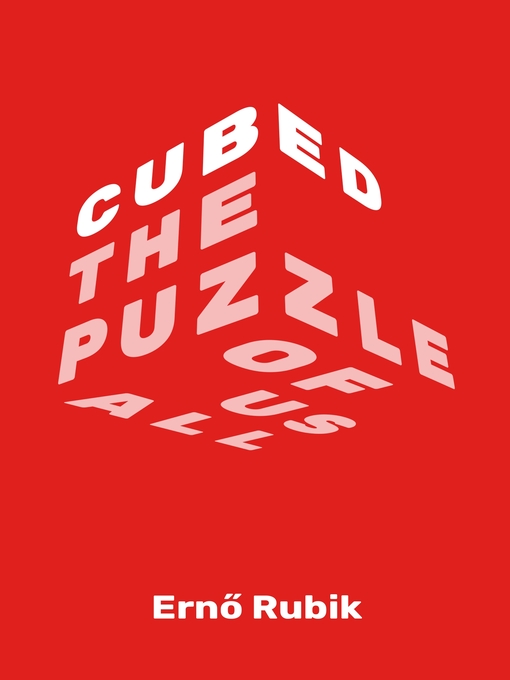
Cubed
The Puzzle of Us All
کتاب های مرتبط
- اطلاعات
- نقد و بررسی
- دیدگاه کاربران
نقد و بررسی

June 29, 2020
Hungarian architect and entrepreneur Rubik delivers a quirky memoir of a man and his eponymous creation. The narrative begins in 1974, when 30-year-old Rubik is building “Cube” prototypes with wood, rubber bands, and fishing line. Describing his memoir as a “meta” work, echoing the chaotic cube-solving experience itself, he reflects on the joys and challenges of design in general, and his eventual achievement, the Rubik’s Cube: “Its core is like that of the earth’s, we’re drawn to it by gravity,” he writes. And as the Cube’s success proves, “in the rare cases when the harmony of function and design miraculously come together, beauty is achieved.” One hundred million of them were sold worldwide within three years of its 1980 release, a level of popularity that Rubik attributes to the fact that it’s “a puzzle that needs no instruction manuals or elaborate rules.” After recounting the Cube’s many pop culture appearances in media and the emergence of Rubik’s Cube competitions, Rubik takes readers on a series of digressions, including one on the “unknowable mysteries of the cube.” It’s a clever concept, but the narrative rambles. Despite his otherwise charming and humble delivery, the book may not keep the casual reader engaged, though puzzle enthusiasts and design students will find plenty of takeaways.

August 1, 2020
The Hungarian inventor of the Rubik's Cube cheerfully recounts its history as well as his own. "I hate to write," admits Rubik (b. 1944) early on, and what he's written here is far from a conventional memoir. Readers will glean some of the basic facts of the author's biography, at least up until the point in the narrative about his hiring as a professor of design and architecture. He only provides glimpses of his wife and kids, but he lovingly details the houses he has designed and occupied. The Budapest native was raised by a stern engineer father "obsessed with creating the perfect glider" and a sweet, poetically inclined mother. Though school "was not able to capture [his] attention," he did like drawing and figuring out puzzles. His best-known invention was conceived in his spare time in 1974, and the most fascinating sections of the book describe the various challenges he faced and surmounted in creating the object he considers "my boy, my son" as well as the problems he had in solving the puzzle after it was created. (Those who have been stumped by it will be happy to learn that it took Rubik a month to figure out how to get the pieces back into their original pattern.) As the creator of the puzzle, he has some intriguing insights about what has made it so enduringly popular, suggesting that it creates "a harmony in the mind, the heart, and the hands" and invites the player to "start a dialogue with it." Reflecting on the particulars of his life often leads him on long, sometimes generic tangents about more abstract subjects, such as creativity, curiosity, the "art of asking questions," and artificial intelligence. But he always pulls the story back to his namesake. A playful examination of the process of invention.
COPYRIGHT(2020) Kirkus Reviews, ALL RIGHTS RESERVED.

























دیدگاه کاربران